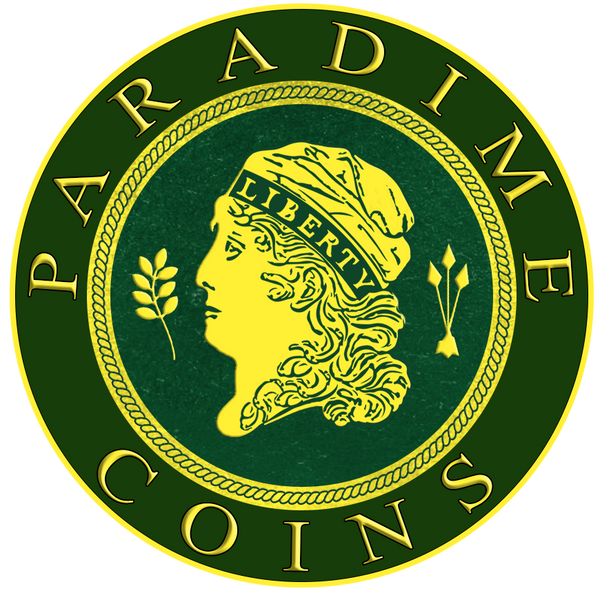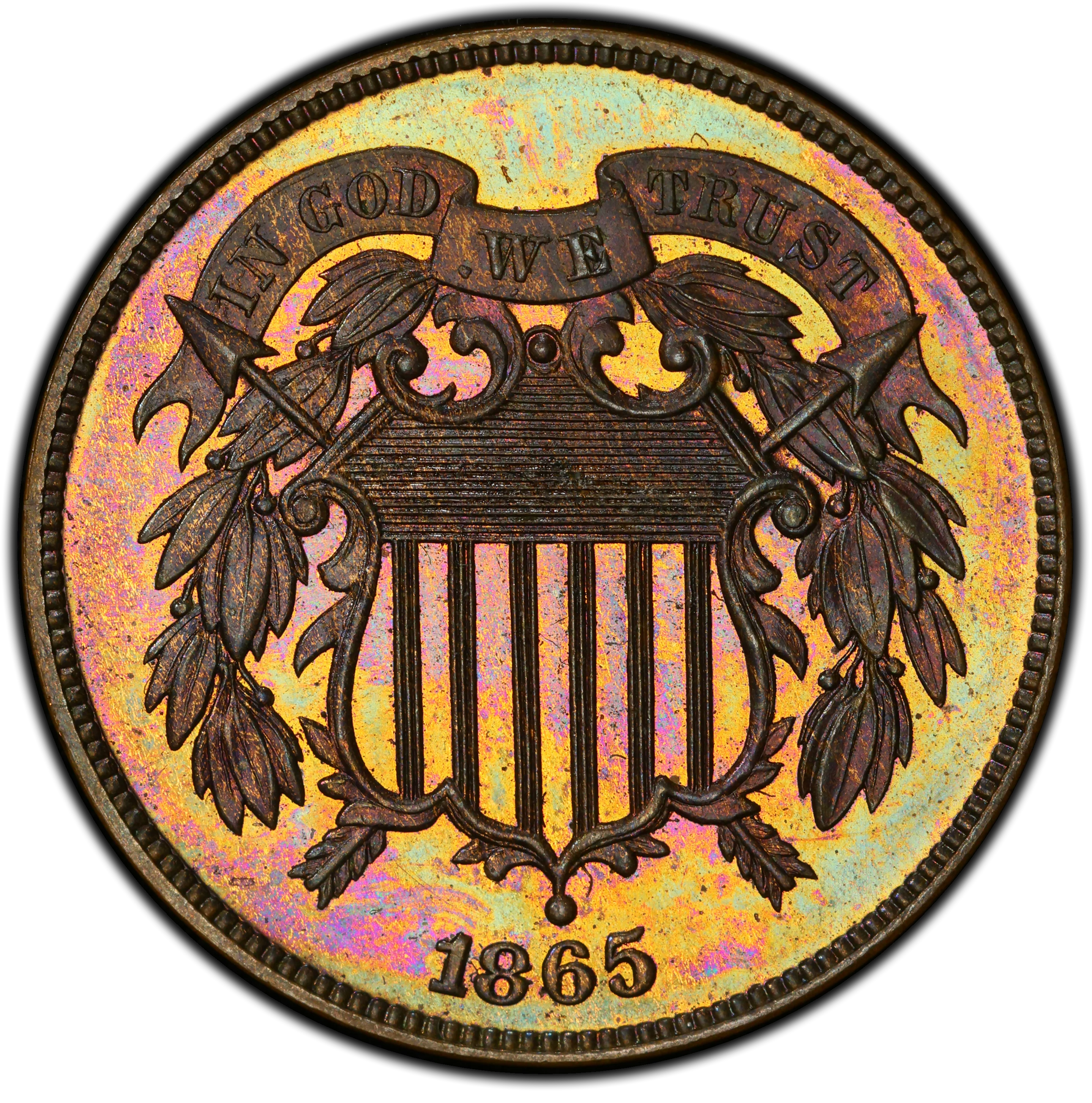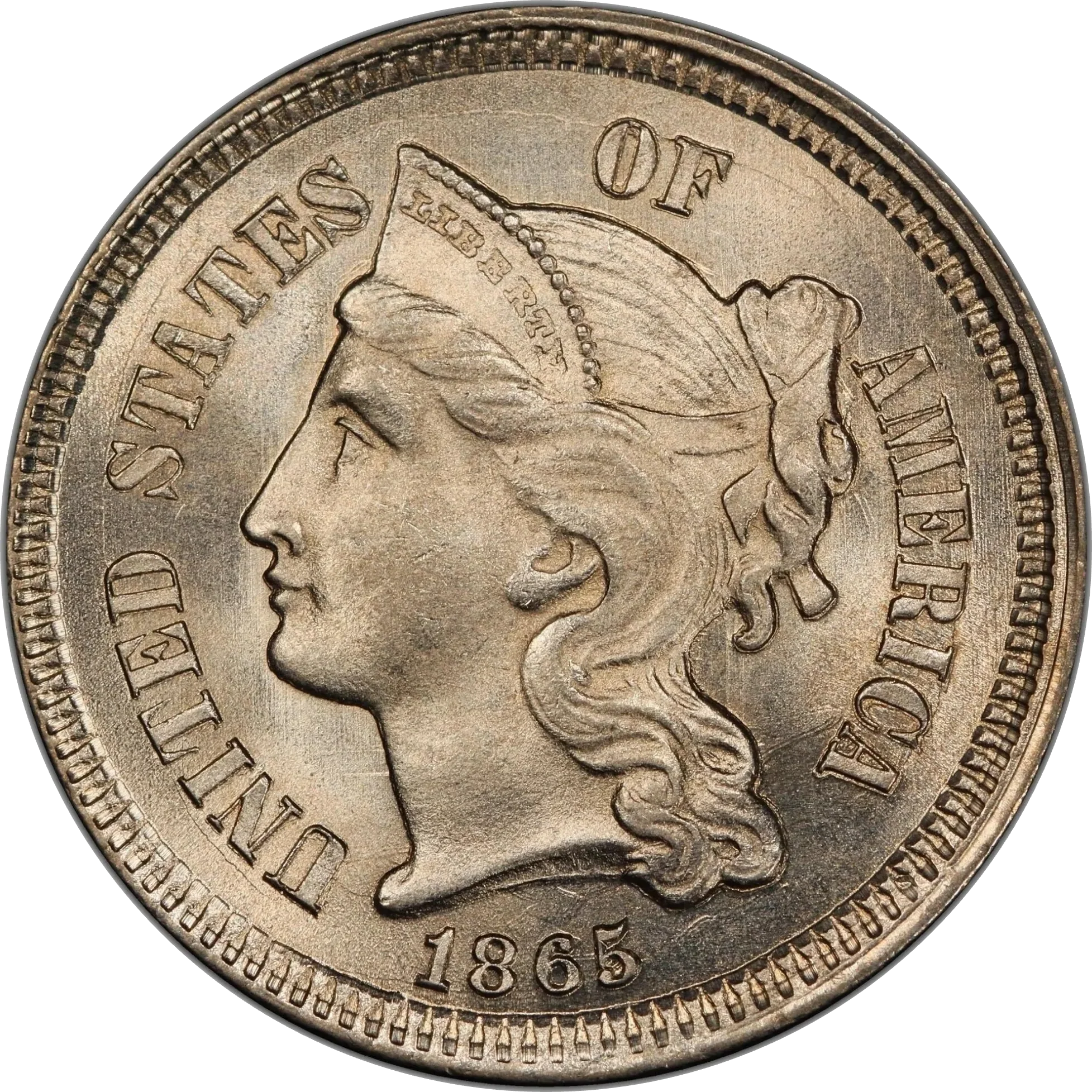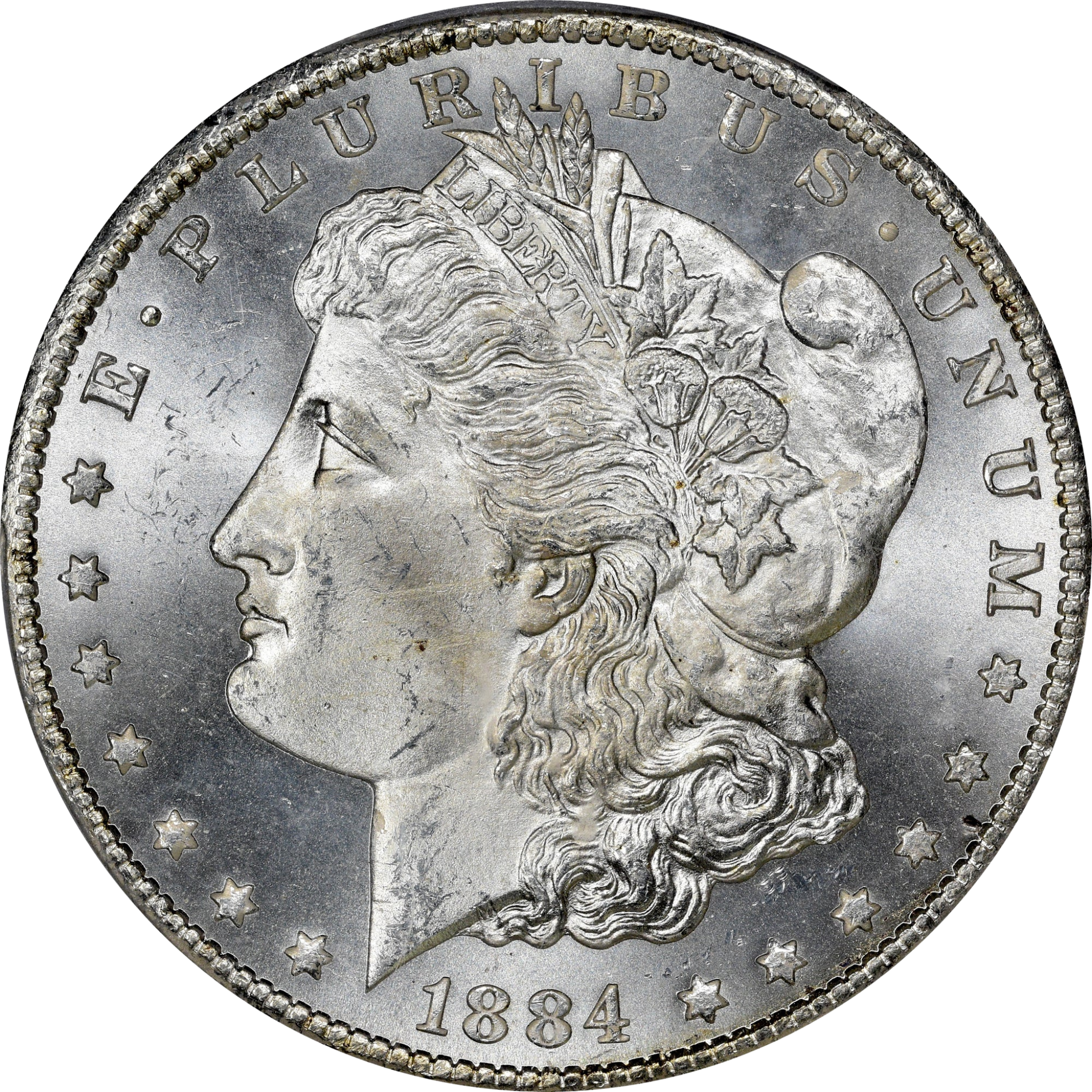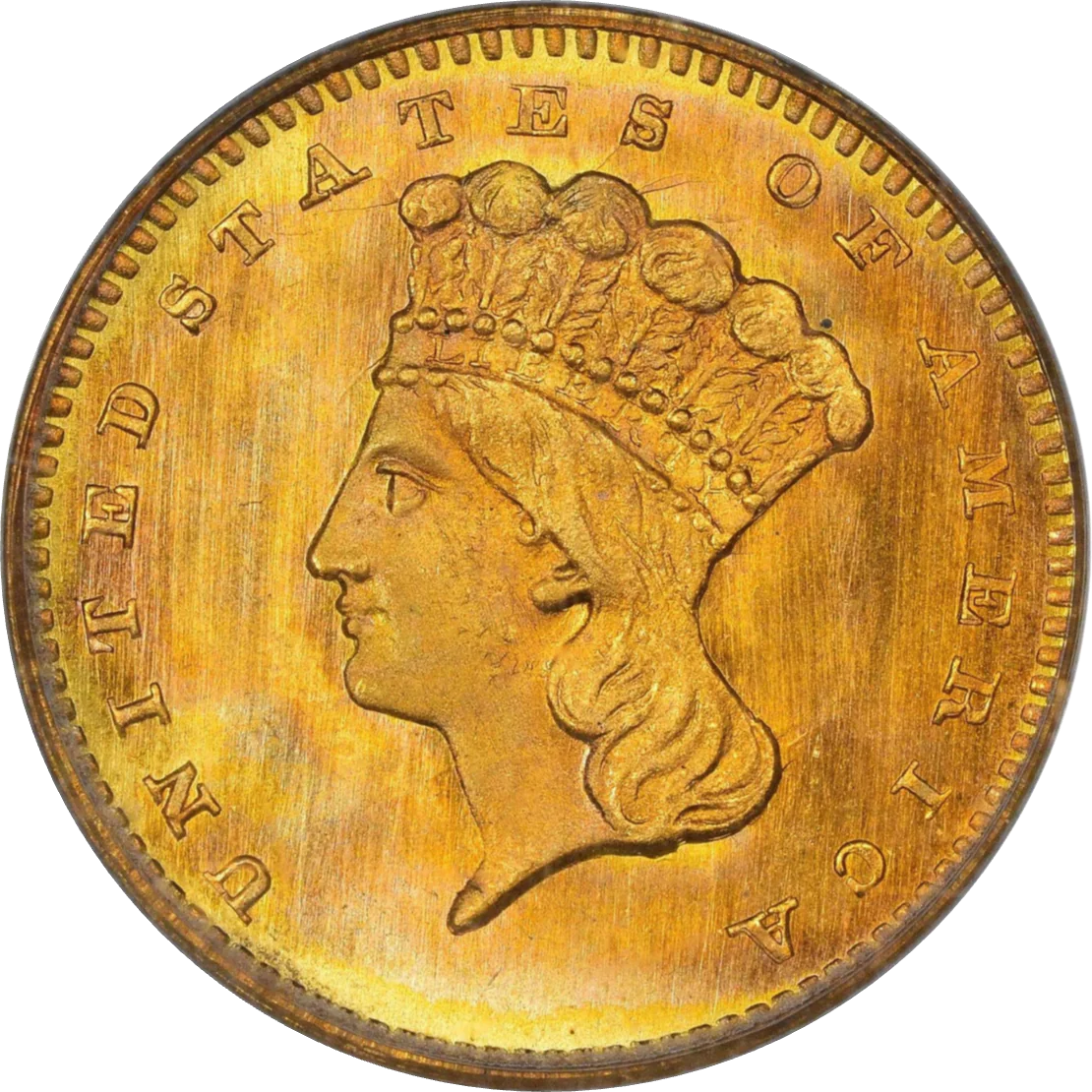Collection: Type 1, Flying Eagle Reverse, With Stars (1836)
No products found
View All Inventory
Gobrecht Dollars: The Genesis of the Liberty Seated Series
The Gobrecht dollar, first struck in 1836, marks the beginning of the Liberty Seated motif in U.S. coinage. Designed by Christian Gobrecht, this historic dollar laid the foundation for America’s silver coin designs through the end of the ... Read More
Gobrecht Dollars: The Genesis of the Liberty Seated Series
The Gobrecht dollar, first struck in 1836, marks the beginning of the Liberty Seated motif in U.S. coinage. Designed by Christian Gobrecht, this historic dollar laid the foundation for America’s silver coin designs through the end of the 19th century. Originally considered pattern or experimental issues, research in the late 20th century confirmed that many Gobrecht dollars were in fact released into circulation, making them a blend of pattern, proof, and business strike origins.
The obverse design, derived from sketches by famed artist Thomas Sully, features a full-length Liberty seated on a rock, holding a liberty pole and cap, with a shield at her side bearing the inscription LIBERTY. This classical emblem of freedom was revolutionary in its full-figure treatment, a deliberate move away from the traditional portrait busts common in European coinage. The reverse features an eagle in flight among a constellation of stars—a dynamic and naturalistic rendering meant to symbolize the new American Republic.
Mint Director Robert M. Patterson oversaw the development of the design and corresponded extensively with Sully and Titian Peale, the latter tasked with crafting the naturalistic eagle. Patterson’s vision included a soaring eagle, an embodiment of America rising upward, with stars surrounding it to symbolize unity. The coin’s debut came in December 1836, with 1,000 pieces struck using dies inscribed with Gobrecht’s name (“C. GOBRECHT F.”).
Multiple die alignments exist, labeled I through IV, with alignment I (coin turn, eagle ascending) most commonly seen on 1836 originals. Restrikes, often struck later for collectors, generally appear as Proofs and often show different alignments, such as the level-flying eagle found on alignment IV coins. The presence of multiple orientations, hub refinements, and star arrangements across 1836, 1838, and 1839 issues has made Gobrecht dollars a cornerstone for variety and type collectors.
While early coin catalogs labeled these as patterns, their release into circulation blurs traditional definitions. Collectors now distinguish between "Originals" (often lightly circulated) and "Restrikes" (typically Proof format), both of which carry significant premiums. Surviving examples, especially in higher grades, are extremely scarce, and those retaining reflective fields or toning are highly prized.
From an investment and historical standpoint, Gobrecht dollars stand among the most important U.S. silver coins. They represent a pivotal transition between the early Mint era and the modern production philosophy that would follow. For advanced numismatists, a Gobrecht dollar is not just a type coin, but a rare artifact embodying artistry, political symbolism, and technological experimentation at the dawn of the American coinage renaissance.
Whether collecting by type, date, or die alignment, owning a Gobrecht dollar is an achievement that connects the collector directly with the formative years of U.S. numismatic design and minting history. For those fortunate enough to acquire one, it is a trophy piece—and a testament to the enduring legacy of America’s early silver coinage.
... Read Less